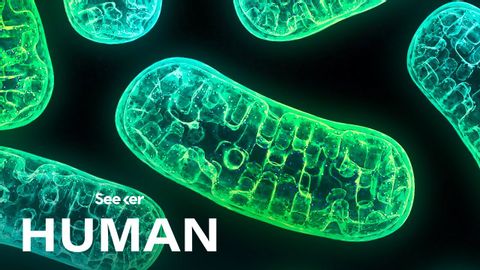
Subtitles & vocabulary
Mitochondria Aren't Just the Powerhouse of the Cell
00
Summer posted on 2020/04/23Save
Video vocabulary
episode
US /ˈɛpɪˌsod/
・
UK /'epɪsəʊd/
- Noun
- One separate event in a series of events
- Show which is part of a larger story
B1TOEIC
More immune
US /ɪˈmjoon/
・
UK /ɪˈmju:n/
- Adjective
- Having a special protection from, e.g. the law
- Protected against a particular disease or condition because of antibodies or vaccination.
B1
More effective
US /ɪˈfɛktɪv/
・
UK /ɪˈfektɪv/
- Adjective
- Working efficiently to produce a desired result
- In operation; in force.
A1TOEIC
More bacteria
US /bækˈtɪriə/
・
UK /bæk'tɪərɪə/
- Noun (plural)
- The very small creatures that can cause disease
B2
More Use Energy
Unlock All Vocabulary
Unlock pronunciation, explanations, and filters
